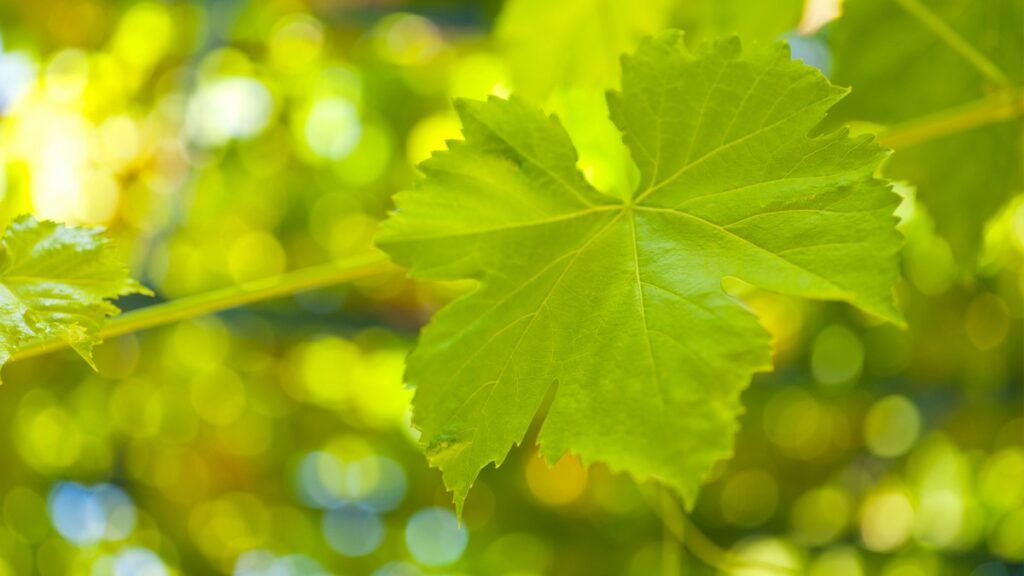
High Quality in Limited Production
RED WINE
Red Wine Production and the Role of Grape Skins
Red wine is made from dark-skinned grape varieties, and the process involves extracting color and flavor compounds directly from the grape skins. Although the juice of most red or purple grapes is actually white-green in color, the pigments responsible for the wine’s red hue are found in the grape skins. These pigments are released into the juice during fermentation, giving the wine its characteristic color.
The color of red wine can range from deep violet in young wines, to ruby red in more mature ones, and eventually to brick or brownish hues in older wines.
While most red wines acquire their color solely from skin contact, there are rare exceptions. One of the most notable is the Teinturier grape variety, which has red-colored flesh and produces naturally red juice, unlike most red grapes.



